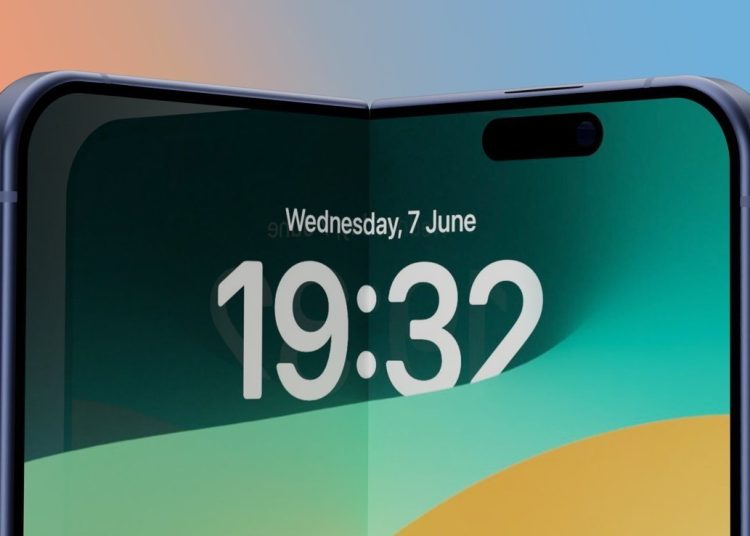Apple has reportedly taken a significant step towards launching its first foldable iPhone by entering the prototype testing phase. According to industry sources, the device is currently in the Prototype 1 (P1) stage, indicating early hardware experimentation and validation. This milestone marks the clearest indication yet that Apple is seriously pursuing a foldable iPhone, following years of patents and speculation.
The prototype features a book-style foldable design with two main displays. When unfolded, the internal display is expected to measure between 7.6 to 7.8 inches, offering a tablet-like experience. The outer display, which functions when the phone is closed, is said to measure around 5.4 to 5.6 inches. Apple is reportedly working on reducing the crease between the panels, a known issue in current foldable devices. Samsung is rumoured to be supplying Apple with custom OLED panels for this purpose.
In terms of hardware, Apple is exploring materials such as titanium and amorphous alloys to reinforce the hinge structure, aiming to increase durability without adding excess weight. The device may also include under-display camera technology for a more seamless look. Face ID might be omitted, with Apple opting instead for side-mounted Touch ID, likely due to design limitations of the foldable structure.
While the device has entered the testing phase, full-scale production is still some way off. The P1 stage typically involves internal review and design iteration. If successful, the prototype would move to Engineering Validation Testing (EVT), followed by further development phases before mass production. The entire process is expected to span several months, placing a potential launch in late 2026, possibly alongside the iPhone 18 series.
Apple is reportedly targeting a high-end market with this foldable iPhone. Analysts expect a launch price ranging from $2,000 to $2,500, positioning it as a premium product in line with or above competing models from Samsung and Huawei. Shipment forecasts suggest Apple could produce between three to seven million units over the first few years, depending on consumer demand and market conditions.
By entering the segment later than its competitors, Apple is likely aiming to avoid early pitfalls and deliver a polished user experience. If development continues as reportedly planned, the foldable iPhone could become a major product line in Apple’s portfolio by the end of 2026.





























